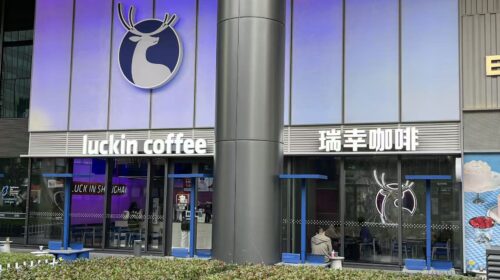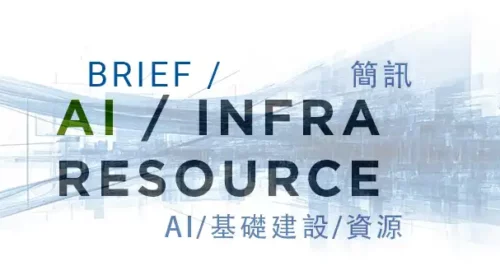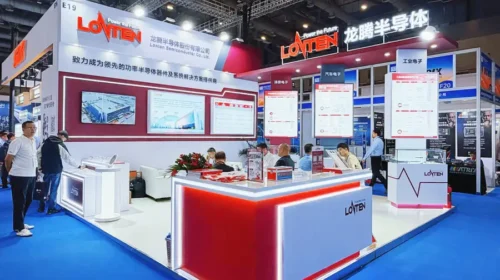Starbucks seeks a China partner, and vaping looks to diversify

“Make it in China for China, and elsewhere for the rest of the world — that’s the way forward.”

By Doug Young & Rene Vanguestaine
After decades of charting the fortunes — and misfortunes — of international brands in China, we’ve learned that timing is everything. Today two very different companies are wrestling with it. Starbucks (SBUX.US) is courting a new investor to revive its once-hot China coffee empire, while U.S.-listed vaping device maker Ispire (ISPR.US) scrambles to shift production out of Shenzhen. Their twin dilemmas lay bare the same question: when the rules of engagement change, how quickly can you adapt?
Starbucks: Choosing a partner — and a future
Starbucks ended March with 7,750 stores in China and roughly $740 million in quarterly sales, yet its same-store sales have only just stopped sliding after a year of steep declines. Management has quietly sent feelers to a short list of potential bidders — potentially including China Resources, Meituan, KKR, PAG and FountainVest — to buy a stake in its China business.
We think the choice boils down to two archetypes. A pure financial buyer would inject cash the company could deploy to jumpstart its China operation. A strategic Chinese partner, by contrast, brings political heft and consumer savvy — qualities that helped McDonald’s prosper after selling control of its China stores to Citic.
Starbucks can’t price-slash its way out of China’s coffee wars. We believe the Seattle-based icon now needs more than money; it needs a local heavyweight that understands regulatory nuance and local consumer preferences, and can steer a fresh expansion without forcing headquarters to take its eye off a similar overhaul Starbucks is doing on its home turf in the U.S. If we were drawing up the term sheet, a state-owned conglomerate such as China Resources — perhaps blended with internet giant Meituan — could offer a promising route for Starbucks to regaining its China mojo.
Why vape makers are finally bolting China’s factory floor
Ispire’s latest earnings call offered a candid snapshot of an industry in motion. Chief Executive Michael Wang conceded that two years ago “nearly 100%” of global vaping hardware came from China — largely Shenzhen. That share has already slipped to about 90% as manufacturers race to Southeast Asia, with plants in development or running in Malaysia, Indonesia and Vietnam; Ispire itself is commissioning a plant in Malaysia.
We believe the surprise isn’t the exodus from China but how long it took to begin. Unlike Apple’s labyrinthine iPhone supply chain, vaping devices are relatively simple — yet many firms stayed put even as tariffs, pandemic shutdowns and geopolitical barbs piled up. We believe the smarter play is “produce in China for China, and outside China for the world.”
Will the momentum stall if Washington objects to Chinese groups merely hopping across the sea to manufacture? Possibly. But the broader vector is clear: complexity is no longer an excuse. Apple intends to build all U.S.-bound iPhones in India by 2026; solar-panel makers have copied their technology from China onto their Southeast Asian lines in under two years. For vaping, the ideal split may end up closer to 50-50 than today’s 90-10. What matters is acting before timing once again slips away.
Whether its coffee or nicotine, the lesson is identical. When the ground shifts — and in China that never stops — delay might be costlier than any related risk. The winners are already moving.
About China Inc
China Inc by Bamboo Works discusses the latest developments on Chinese companies listed in Hong Kong and the United States to drive informed decision-making for investors and others interested in this dynamic group of companies.
Subscribe to China Inc on your favorite app:






